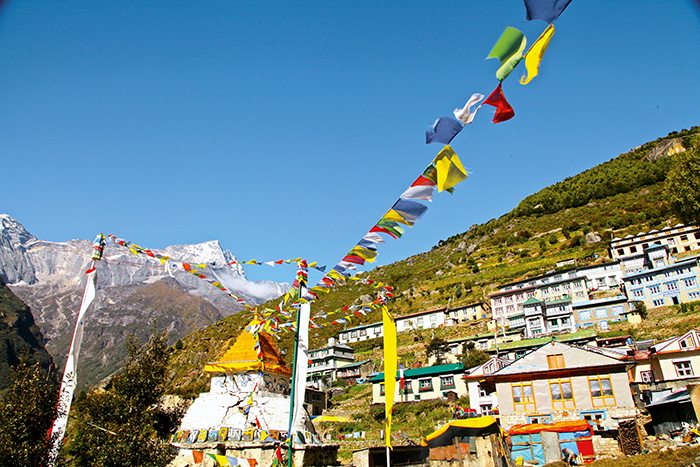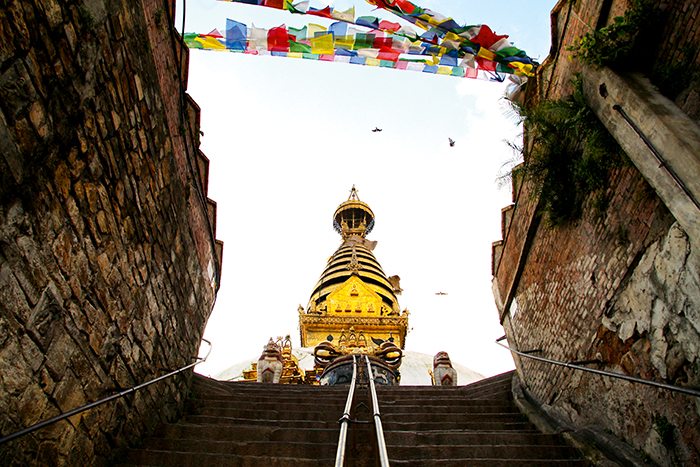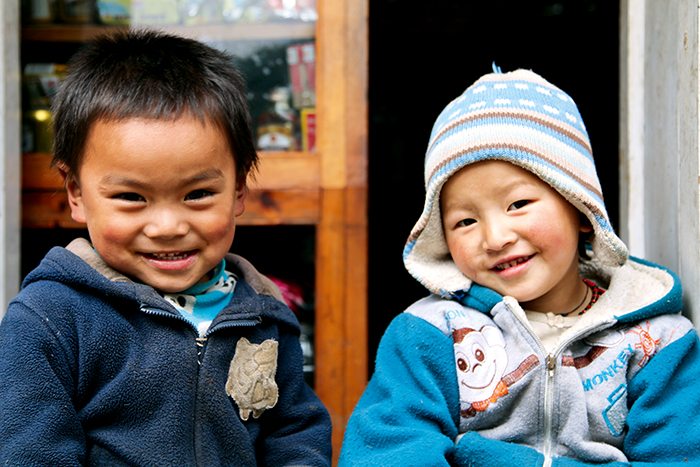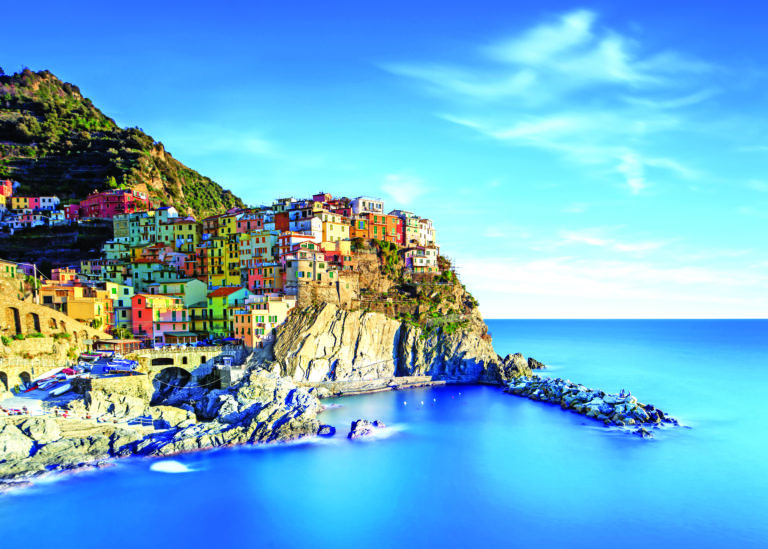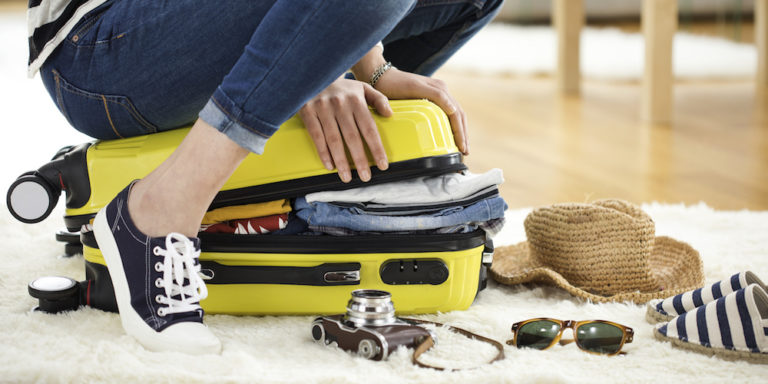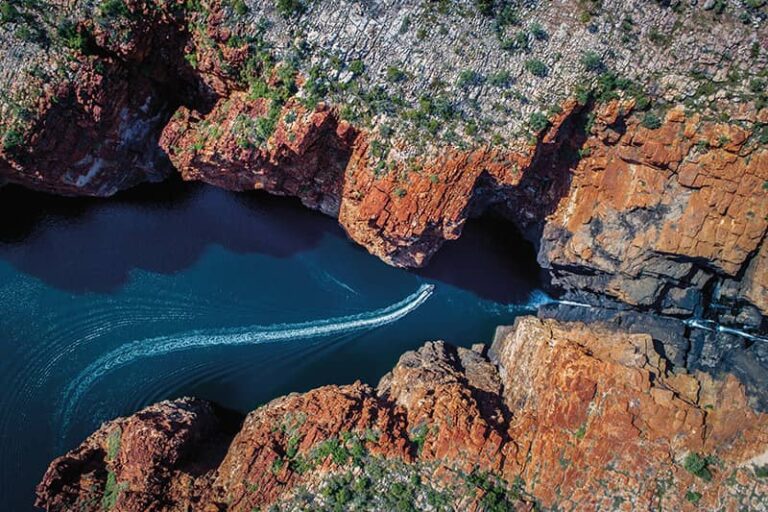The scene is more frenzied than a Bollywood movie. Dancers, wearing masks that depict demons and deities, whirl around as the beat of thousands of hand-drums reverberate through Kathmandu’s Durbar Square. Gurkhas (the country’s world-famous infantrymen) march through the crowd, clutching their distinctive 18-inch curved knives. A full-scale papier-mâché elephant follows, bucking wildly as it re-enacts a Hindu folk drama.
Minutes later, a group of women standing behind me emit Beatlemania-like screams as the Kumari Devi, or Living Goddess, emerges riding in a wooden chariot. The pre-pubescent girl – identified by high priests as the divine manifestation of female energy for her voice (soft as a duck’s), eyelashes (long as a cow’s) and temperament (fearless beyond her age) – is making a rare public appearance, which coincides with the start of Indra Jatra, an eight-day Hindu harvest festival.
The scene is made all the more surreal by the state of the historic square’s ancient temples and shrines. Smashed and cracked, their innards are exposed and cordoned off following the cataclysmic April 25 earthquake. Measuring 7.8 on the Richter scale, the quake killed more than 9000 people, levelled villages and left Kathmandu looking like a war zone.
“Being from Peru, I’m used to earthquakes, but nothing like this,” says Silvana Casavilca of children’s charity Plan International. “I was in my apartment on the fourth floor when it struck; I thought the whole building was going to collapse.”
The Goddess (living in the 258-year-old Kumari House) continues to reside among the rubble of the World Heritage-listed site, a beacon for her people and a symbol of the fighting spirit that has seen the country shake off the debris and pain of recent events and move on with life … while praying it won’t be hit by disaster again.
Necessity and a splash of Hindu fatalism helped life return to normal relatively quickly. However, the country’s tourism industry, a sector that employs half a million Nepalese, nearly two thirds of them women, has proved less unshakable.
Tourist arrivals dropped by 90 per cent after the earthquake and fears that arrivals would shrink this year by as much as 40 per cent compared with the 2014 figures are gathering force.
“Visitor arrivals have dropped by more than half,” Deepak Raj Joshi, a senior officer at the Nepal Tourism Board, tells me when I meet him in Kathmandu in October, during what should be the start of peak trekking season. My driver, Shiva Basktakoti, adds: “This year tourism is very bad. Hopefully next year it will be better.”
The tourism board is pinning its hope on the nation’s famous hospitality. “Now is the best time to visit, because we are more united and more hospitable than ever,” says Joshi. It is also counting on “recovery tourism” – a recently minted concept that’s proved enormously successful in post-totalitarian Myanmar.
“Only 40 per cent of tourists come here for trekking and adventure. The majority are leisure travellers who come to experience our culture, religion and archaeology,” Joshi explains. “If they come now, during the reconstruction phase, they can actually see how our temples and artefacts are made. It’s a very exciting time to be in Nepal.”
Rebuild and they will come
Before that can happen, tourists must be assured the country is, once again, safe to visit. It’s a challenge made even more difficult by a second earthquake that struck the Kathmandu Valley three weeks after the big one, killing another 219 people.
The situation is compounded by concern expressed by the United Nation’s cultural authority Unesco about the structural integrity of the 745 World Heritage-listed structures in Kathmandu Valley (133 of which were destroyed) as well as advice from Australia’s Department of Foreign Affairs that travellers “exercise a high degree of caution” in Nepal and “reconsider” the need to travel to Langtang valley, formerly Nepal’s third-busiest trekking route, where 400 people – including 60 trekkers – were buried alive.
One entity that’s playing a crucial role in changing the conversation in Nepal is Melbourne-based Intrepid Travel, which has been operating Everest Base Camp and the Annapurna Circuit treks since 1990.
“Nepal isn’t a huge destination for us, but it’s what we’re about –
adventure travel,” says Intrepid co-founder Geoff Manchester.
In the days following the earthquake, Intrepid launched an appeal that raised $280,000 for Plan International. It also kicked in another $100,000 of its own cash and pledged to donate all profits from its 2015 trekking season – another projected $600,000 – to the reconstruction effort.
It also provided tent shelter, power and sanitation for 200 locals and 200 of its customers whose trekking holidays were cut short when the quake struck.
“The trekkers we brought in to Nepal from the countryside quickly went from relief to anxiety. Some got depressed really quickly as it was taking up to four days to get them on a plane out of the country,” says Nicholas Cowie, Intrepid’s Nepal general manager. “It was understandable they wanted to leave; many said they didn’t want to be here using up food that was in very limited supply.”
Intrepid also gave Cowie, a New Zealander who lives in Kathmandu with his young family, permission to leave the country. But instead of clearing out like thousands of other expatriates did (enrolments at The British School of Kathmandu dropped 45 per cent in a week), he commissioned scientific fieldwork to determine if the Everest Base Camp trail was safe so that thousands of locals could return to work.
“Some trekking companies were going on missions into the mountains to see if the trails were as damaged as we thought, but I’m of the opinion people shouldn’t do their own dentistry,” Cowie says.
“So I went and spoke to the tourism board and suggested we needed professional damage assessment. They agreed but said they didn’t have any money, so I spent three or four weeks speaking to all the NGOs around town. Surprisingly, it was the World Bank that came through with the money in the end.”
Conducted in late June by Californian structural engineering firm Miyamoto, in conjunction with New Zealand geotechnical engineering firm GNS Science, the risk-assessment study concluded most of the villages on the trail were unaffected by landslide hazards, and that less than one in five structures in villages had been damaged.
Dizzying new heights
The report also found the trail’s nine suspension bridges were unaffected, and that most of the rock-retaining walls were not significantly hazardous. “As there is no major damage, it is possible to begin trekking in the region,” the Ministry of Tourism director general, Tulsi Gautam, said when Miyamoto’s preliminary report was released in July.
However, the assessment, along with another conducted by Miyamoto on the Annapurna Circuit, was criticised by the Trekking Agencies’ Association of Nepal and the Nepal Mountaineering Association as being “totally insufficient because only one week of fieldwork was carried out”.
Their concerns resounded with a claim by Unesco Kathmandu chief Christian Manhart, published in The New York Times in June, that Nepal’s Archaeological Department had implied it was pressured by the government to prematurely reopen damaged monuments in the city to collect entrance fees to support the reconstruction effort.
To get a more complete picture, I set out with Cowie and a few Intrepid porters and guides to see the Everest Base Camp trail for myself. From Kathmandu we fly east to Lukla, the starting point of the trail.
Set on a 2860-metre-high cliff that descends into a valley below, Lukla Airport was rated by the History channel in 2010 as being the most dangerous airport in the world. Disembarking from the plane gives me a sense of achievement that’s magnified 10-fold when I take in the view of the snow-capped peaks, saw-tooth ridges and deliriously deep ravines surrounding the village. “Epic” doesn’t even begin to describe it.
Trekkers generally take seven days to walk uphill from Lukla to Everest Base Camp and five days to return. As my time is limited, we focus on the lower reaches of the trail where Miyamoto’s report identified more substantial topographical damage than anywhere else. To further capitalise on time, we hitch a ride on a chopper from Lukla to Namche Bazaar, a village set near the lip of a gigantic green amphitheatre 13.5 kilometres to the north, where we’ll depart on a two-day trek back to Lukla. But first we need to acclimatise to the thinly oxygenated air – 3440 metres above sea level.
After checking into a guesthouse, we stroll to a shrine that lies along a rock-strewn path high above the village. Moments after taking my first few uphill steps, I experience an immediate shortness of breath that reduces my progress to a speed concomitant to the mist that moves like a water creature across these great mountains and valleys.
It is then that I first see a Sherpa, a descendent of a hardy race of Tibetan mountaineers who began working as high-altitude porters during British attempts to scale the great mountains in the Indian Himalayas in 1907, and who’ve been involved in nearly every single expedition in the region since. He is a head shorter than me. He’s wearing flip-flops. And he’s carrying an 80-kilogram wooden door on his back. He doesn’t look up as we pass, and appears to be in a trance, which I assume is a coping strategy to block out the pain.
The shrine – a white rotunda capped with a spire from which prayer flags flutter in the wind – was built to honour in history. In 1953, Norgay and Kiwi Sir Edmund Hillary became the first people to stand atop Mt Everest, the highest mountain in the world at 8848 metres above sea level. Nearly 300 of the world’s best climbers have perished attempting the same feat, including 18 people buried by an avalanche triggered by the first earthquake in April.
Even here, 16 kilometres from the Mt Everest summit, evidence of the tremor can be seen on a nearby slope in the
form of a fresh landslide that starts some 30 metres below the trail. I see two older landslides – identifiable by the darker colouration of the rocks – on the same slope, and half a dozen more on the far side of a mist-shrouded ravine.
“The truth is the risk was always here – landslides are an existing hazard,” says Cowie. “That’s why the report and geotechnical engineers in general don’t talk about ‘safety’. At any time you can be walking and a rock can come down and flatten you. Earthquakes are what made these mountains.”
The next morning we awake to the powdery mist burning off in the sun and mountains shimmering in pure gold. Even for the most hardcore of travellers, few experiences compare to observing the wizard phosphorescence of Mt Everest and 15 other peaks that stand as gods on the rooftop of the world.
Likewise, no worldly trekker can rest on their laurels until they’ve experienced the breath-stealing ascents and fairytale-like villages of the Nepalese Himalayas.
With the exception of the steel-cabled bridges and the surprisingly healthy number of tourists we pass on the trail, the landscape appears untouched by time.
Stepping back in time
Bearded men sit in front of teahouses, reminiscing. Yaks chew grass on the side of the trail. Women walk through fields to collect water from mud-coloured rivers. And then there are the Sherpas, trudging uphill under impossibly heavy loads.
Shortly before reaching the halfway point and our overnight stay in the village of Phukding, I see a rock the size of a football roll down a goat track that detours off the trail. One of our guides discovers it was dropped by Sherpas collecting rocks to rebuild a section of damaged trail ahead of us. Once the coast is clear, we are led up the track. It takes us over a primitive construction site, where the hammer-music of stone chisellers pings across the valley, and then deposits us back on route. It’s the only earthquake-related inconvenience I experience on my 10 days in Nepal. And, according to Cowie, it’s the only detour along the entire length of the trail.
For me, Nepal has special significance. Nineteen years ago, I spent a month exploring the country with university buddies, our minds swimming with ambition and hashish. Many memories come flooding back on my last day in Kathmandu when I stroll through Thamel, the epicentre of the city’s tourism industry since backpackers started coming here on the overland hippie trail 40 years ago.
I glance up at the buildings, many latticed with cracks, and imagine the terror people felt when the earthquake struck and how precarious life is in a city described by the U.S. Geological Survey as “one of the most seismically hazardous regions on Earth”. The Kathmandu Valley has seen six major earthquakes in the past 100 years and predicting the next one is best left to soothsayers.
I continue walking west, across a bridge spanning the rubbish-strewn Bishnumati River, through narrow alleyways crammed with hotels, restaurants and shops that have risen over the emerald green paddy fields I recall seeing during my first trip to the city in 1996. The route leads to Swayambhunath, an ancient Buddhist shrine set atop a hill known as Monkey Temple for the 400-odd rhesus macaques that live here.
The site is revered by both Buddhists and Hindus and, every day, thousands of pilgrims pass the two stone lions guarding the entrance and ascend 365 steps to commence a series of clockwise circumambulations of the spire at the top.
Hindus worship 330 million different versions of “divine manifestation”, though there are three that bind them all: Brahma, the god who created the universe, Vishnu, who preserves it, and Shiva, who destroys it – the latter being a indispensable part of the trinity, because without destruction, there can be no creation.
Not surprising then that the killer quake and the aftershocks that followed are understood by many in Nepal to be the work of Shiva, a source of both good and evil.
The evil is easy to see in the damaged structures, half-collapsed dwellings and rubble surrounding the spire at Monkey Temple. The good remains hidden from the naked eye, but is emerging slowly in the guise of new earthquake-proof buildings, a new sense of hope among the country’s youth and the global attention the disaster brought to Nepal’s somewhat stagnant tourist brand. In recent months, Intrepid has received enquiries from all kinds of individuals and groups that hitherto never had Nepal on their radar.
“The earthquake was not a good thing,” says my driver Shiva Basktakoti as he drops me at the airport. “But now the bad times are over, and it’s a time to make everything new.”
WHEN TO GO
The best times to go trekking in Nepal are spring (March to June) and autumn (September to November).


